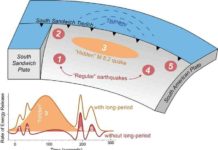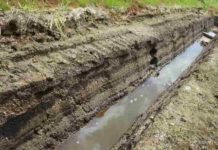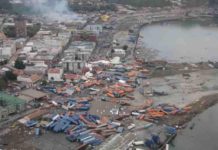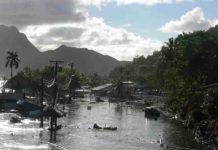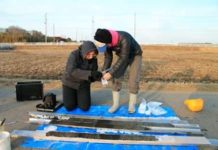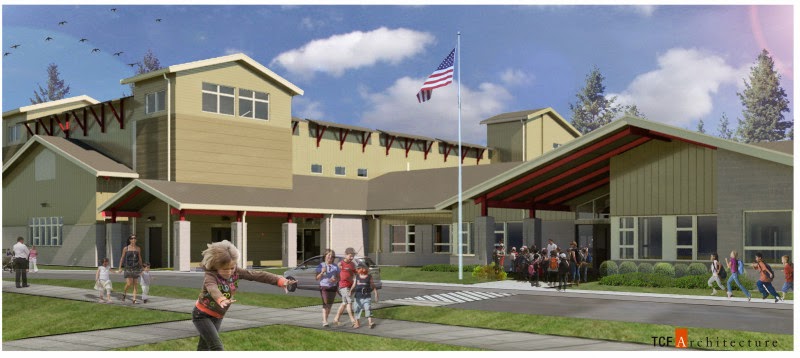
Washington’s coast is so close to the seismically active Cascadia Subduction Zone that if a megathrust earthquake were to occur, a tsunami would hit the Washington shoreline in just 25 minutes.
One coastal community is preparing for such a disaster by starting construction on the nation’s first tsunami evacuation refuge, large enough to shelter more than 1,000 people who are within 20-minute walking distance.
The vertical evacuation-refuge will be the roof of the gym of the new school in Grays Harbor County, Washington. The Ocosta Elementary School and Tsunami Safe Haven will be the first of its kind in the nation and will be the culmination of 18 years of effort, said Tim Walsh, who is a Chief Hazard Geologist at the Department of Natural Resources and has been working on this project since The National Tsunami Hazard Mitigation Program was formed in 1995.
Walsh will present the project design for the school and structure, along with the detailed tsunami modeling used to find the best location for the refuge, at the Annual Meeting for the Geological Society of America in Vancouver, Canada, on 21 October.
The Cascadia subduction zone is a 700-mile-long (over 1,000 kilometers) fault along the West Coast, where the Juan de Fuca Plate is being forced under the North American Plate. The subduction zone is capable of producing massive earthquakes; scientists have calculated that magnitude-9 earthquakes along this fault line could generate a massive tsunami that would hit the coastlines of British Columbia, Washington, Oregon, and California within 20 to 30 minutes.
“It used to be thought that Cascadia was not an active fault,” said Walsh. Not only has Cascadia been found to be an active fault, it has a 10 percent chance that it will cause an earthquake in the next 50 years, he said.
“It is more than 10 times more likely than the chance you will be killed in a traffic accident,” said Walsh. “But you aren’t looking at the statistics of a single person, but an earthquake that would have an effect on thousands of miles of shoreline.”
The biggest challenge was at the very beginning, trying to come up with a location that could be effective and accessible to people, said Walsh. “It was difficult in the beginning to go to the public meetings in these communities and present the hazards, but have no solution for them,” he said.
Project Safe Haven brought together structural engineers, oceanographers, geographers, and scientists from many other disciplines to create a safe and accessible refuge.
Walsh and his colleagues used a model called GeoClaw to research the risk a tsunami, factoring in and any potential landslides caused by the wave or megaquake. Using this model in the community for Grays Harbor County, the scientists determined the best place for the school, and what how much force the structure would have to withstand to protect refugees.
The school will be built on a dune ridge, so the roof of the evacuation shelter will be about 55 feet (almost 17 meters) above sea-level. The structure is designed to withstand earthquakes and the impact of a storm surge, with reinforced concrete cores at each corner of the gym and staircases leading to the room. The school, and refuge, is expected to be finished and operating for the 2015-2016 academic year.
Walsh would like to see other scientists and community groups working together to create novel solutions for tsunami risk, he said. Currently the Washington coast has very few tall buildings, and barely any are taller than three stories, leaving thousands of people at risk in the event of a tsunami, he said.
Note : The above story is based on materials provided by Geological Society of America.






